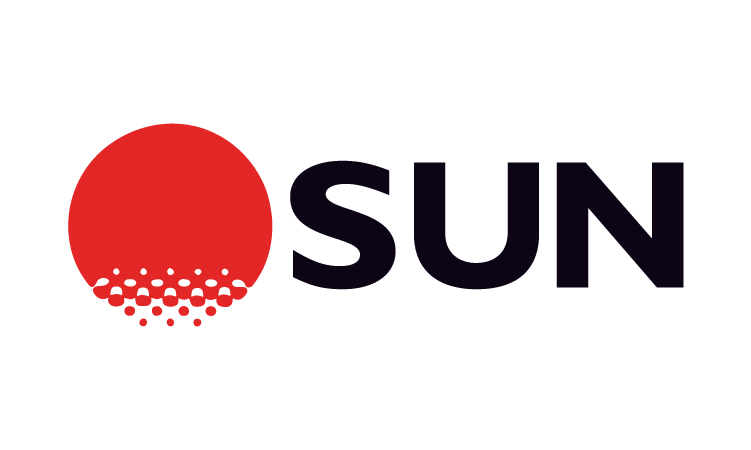Learn the Lingo - Printing Terms for Designers
Become fluent in print.
In this article, we're going to unravel the mysteries of printing jargon and equip designers like you with essential printing terms that will elevate your creative projects to new heights. Understanding the language of printing is vital for effective communication with printers and ensuring your designs come to life exactly as you envision them. So, let's dive in and discover some key terms that will enhance your design workflow!
Bleed
An extra 1/8” (0.125 in) of image or background color that extends beyond the trim area of your printing piece. The project is printed on an oversized sheet that is then cut down to size with the appearance that the image is “bleeding” off the edge of the paper.
Trim Marks
Indicate the final size after a printed piece has been cut down. Trim marks show where the piece should be cut.
Safety Zone
Keep any important information inside of this zone to avoid being too close from the trim line is ideal.
300 DPI
Print resolution is measured in dots per ink (or “DPI”) which means the number of dots of ink per ink that a printer deposits on a piece of paper. So, 300 DPI means that a printer will output 300 tiny dots of ink to fill every inch of the print. 300 DPI is the standard print resolution for high resolution output
RGB
RGB (Red, Green, and Blue) is the color space for digital images. Use the RGB color mode if your design is supposed to be displayed on any kind of screen.
CMYK
CMYK is the color printing process used in the majority of printed materials you come across. It is also called process or 4-color. CMYK stands for Cyan, Magenta, Yellow, and Black. These four inks are printed together to create full color images.
SPOT Color
Spot colors are a single ink that is one solid color only. Usually, they are created through an ink system such as the Pantone Matching System (PMS), that provides a standard solid color that can be purchased whole or mixed before printing by an experienced pressman.




